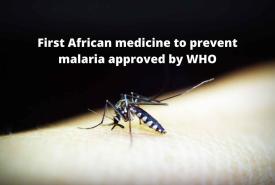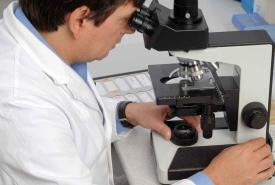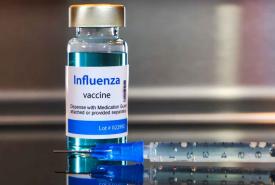Brain activity during sleep differs in young people with genetic risk of psychiatric disorders
Young people living with a genetic alteration that increases the risk of psychiatric disorders have markedly different brain activity during sleep, a study led by researchers from the Universities of Bristol and Cardiff published today in eLife shows.
The brain activity patterns during sleep shed light on the neurobiology behind a genetic condition called 22q11.2 Deletion Syndrome (22q11.2DS) and could be used as a biomarker to detect the onset of neuropsychiatric disorders in people with 22q11.2DS.


















